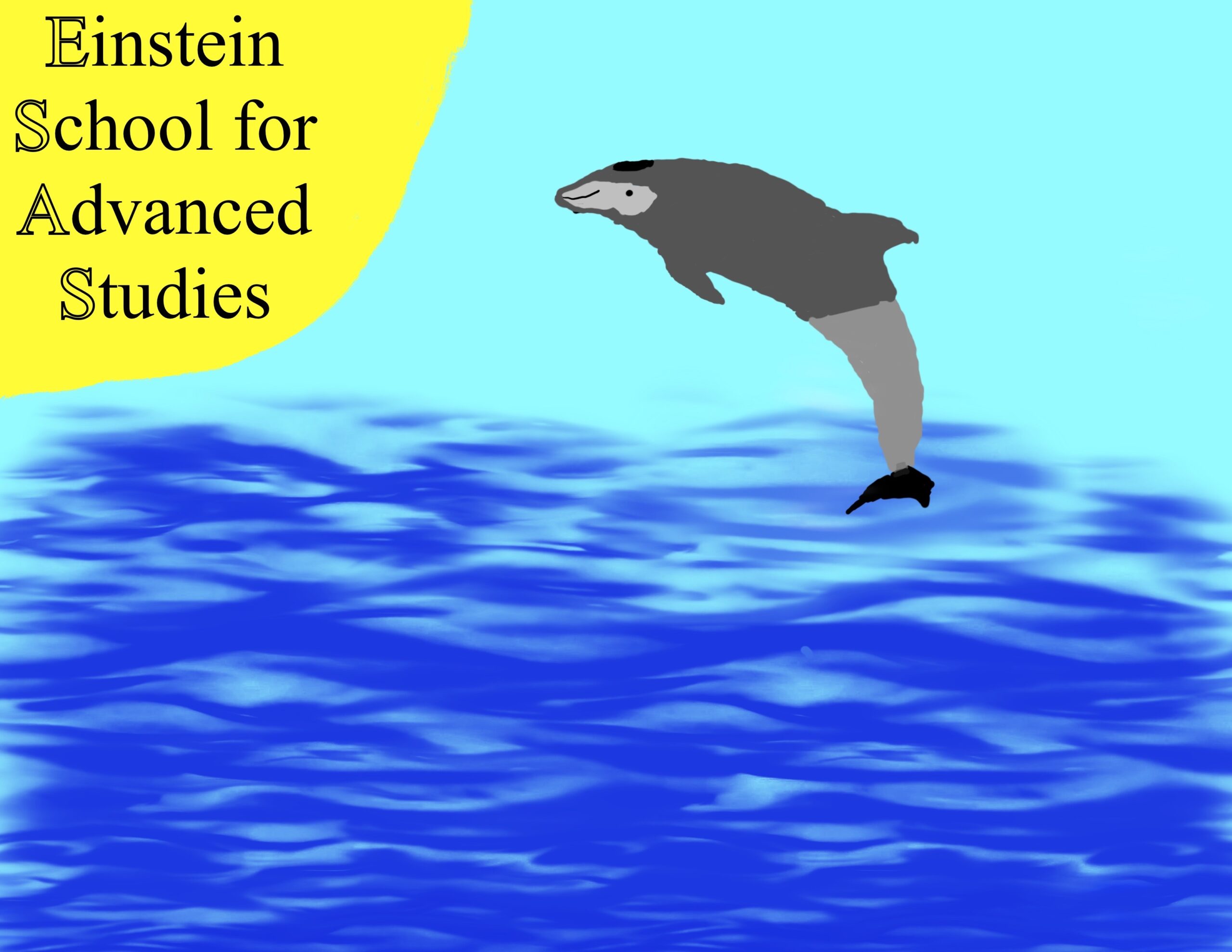How we learn
We learn by using interactive resources and out-of-the-box experiences and activities. ESAS is also research-based. ESAS was created and registered because the traditional school setting didn’t fit me. We learn many topics of interest ranging from particle physics to Shakespeare. We also engage in interactive learning and original research to keep school not only very informative, but also a fun and interesting experience.
What is this website for?
This website was created to talk about our own homeschooling experience and provide resources we succeeded with to help others on their own journey.
Great learning resources that we like
TEDEd and TED in generalBlog
A new micronation
2024-03-01
As part of a school project to learn how countries work, we started our own micronation. A micronation is a country that declares itself independent and sovereign but is not nessecarily recognized by any other country. Our country is called the Parliamentary Republic of Amicatierra and you can find its website by clicking on the link here.
Creating a country is really easy and is a good way to learn how countries work. Here are some of the things you’ll need to create for a micronation:
- A name
- A form of government (republic, monarchy, federation, emirate, commonwealth, etc.)
- A flag
- A currency (you can invent your own, but an easy way to do it is to use an existing currency like the dollar or euro)
- A national anthem
- A constitution or declaration of independence
- A territory definition
By the Convention on rights and duties of states, also known as the Montevideo convention, a country doesn’t have to be recognized by another country to be a country; it just has to have a permanent population, a defined territory, a government, and the capacity to enter into foreign relations (in this case, with other micronations). If you meet all four requirements, you’re a nation! Bye!
-Schroeder, the mascot of ESAS
Candlemaking
2024-02-09
After a power outage on February 5 forced us to use candles to light the night, we decided to learn how to make candles ourselves! It took us a few hours, but we successfuly made two four-layered candles alternating blue and white colors, and simultaneously learned about the chemistry of candlemaking! Here is how to make candles:
- Use the metal base for the wick and adhesive to attach the wick to the bottom of the candle-holder.
- Take the wax and heat it in a double boiler on high.
- Once the wax is completely melted, add the dye. Only add a pinch, as too much can cause the candle to burn poorly. Mix it in and watch the color of the wax transform!
- Pour your dyed wax into the candle-holders and use the wick holder to align the wick while you let the wax dry.
- After the wax has dried, remove the wick holder and repeat steps 2-4 for as many layers as you need.
- Finally, trim the wick. Your candle is finished!
-Schroeder, the mascot of ESAS

Copyright © 2024. Einstein School for Advanced Studies.